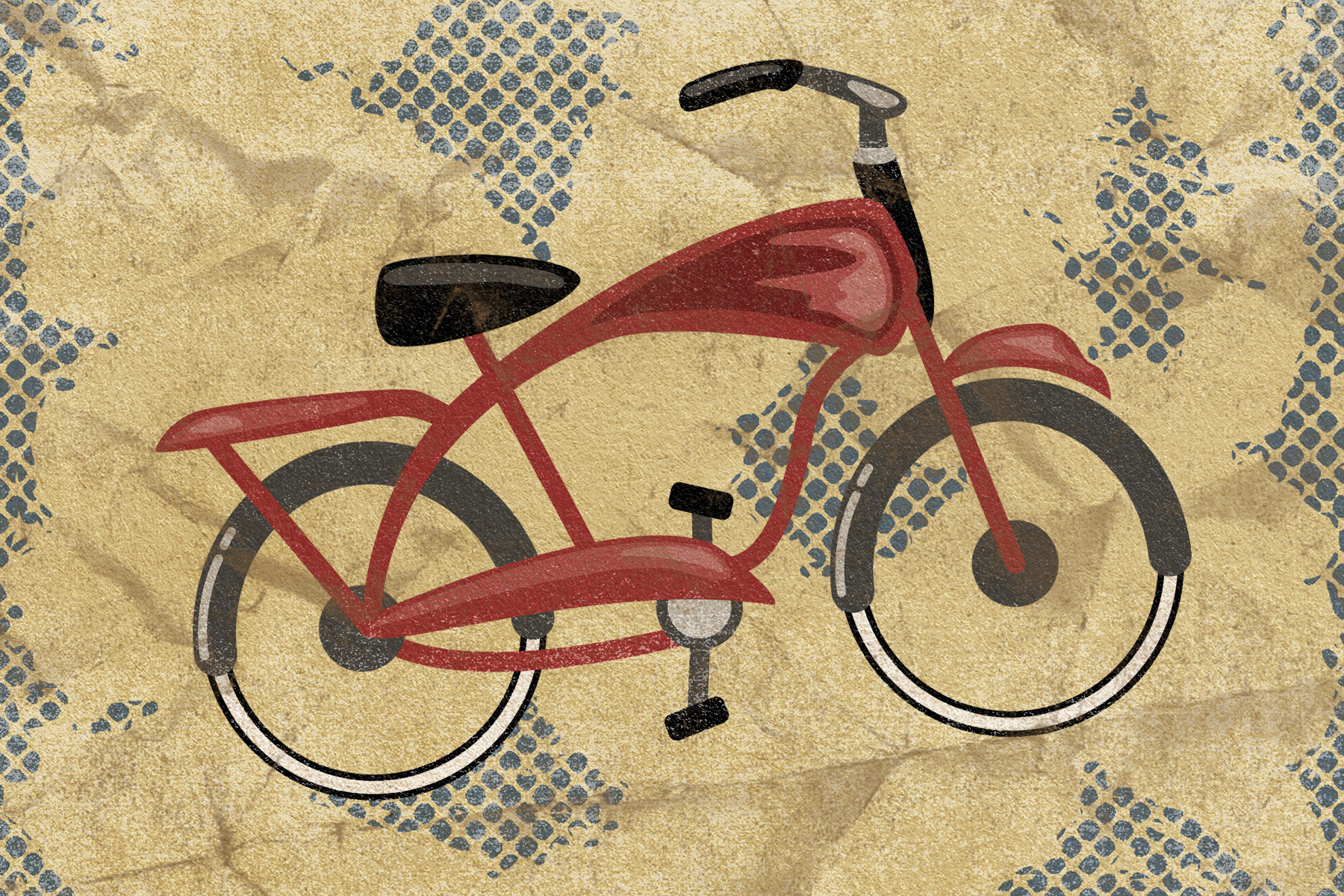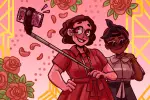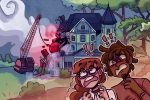The night before I left for college, a journey postponed by the pandemic, I bought a bike. Scanning the internet in the lull that occurs after a family dinner, my dad mentioned that a nearly mint 1991 Bridgestone RB-1 road bike had been listed on Craigslist for a price far below the model’s market value. A quick drive over to the seller’s house and an extended conversation about vintage steel, wheel size conversions and good gravel riding trails preceded a test ride and subsequent purchase.
Although the decision would baffle many, including my mom, to me it was a no-brainer. The bike will live in the garage until next summer, when I can overhaul the components with a more modern setup and ride it hard. I already have a similar breed of vintage steel road bike; however, for me and many other “retrogrouches,” the ride characteristics, story and lineage of a bike such as this are far more important than its outright “performance” in a race-oriented setting.
Among a select group of cyclists, the RB-1 is a cult classic. Legendary frame builder David Kirk once wrote in reference to it: “For as long as I’ve been building I’ve always had what I called the ‘RB-1 test.’ Whatever was done with a design, it had to pass the RB-1 test. If it wasn’t better in some quantifiable way than an RB-1 then why bother?” Between a reasonably lightweight frameset and a high standard of weld quality, in its heyday, the RB was a bargain road bike. Now its place in history helps it stand apart.
Grant Peterson, founder of Rivendell Bicycle Works, was the designer of the frames. Although he was perhaps less prominent then, his advocacy for classic lugged steel frames, the 650-B wheel size standard, oversized tires and comfortable rather than “fast” geometry has led him to icon status. Beyond this, he rejected the “gruppo,” or set of all matching components on a bike, in favor of a blended selection of the best value parts from various manufacturers. This, in hindsight, contributed to a feeling of style when riding a stock Bridgestone.
Although when seen in a vacuum, the RB-1 is simply a vintage steel bike that happens to be slightly more well-constructed than the average frame of its time, to the retrogrouch, context is everything. Connection to the designer of the frame, rejection of common trends in component specifications and future influence on the cycling industry raise the value of an RB-1 tremendously, to the point where a deal on one was truly too good to pass up even on my last night at home.
My first mountain bike was, predictably, a Bridgestone as well. Specifically, an MB-4: the “M” signifying mountain as opposed to road, and the “4,” its position as a lower-tier model. Picked up for $25 on Craigslist, it was my sole companion through commutes, road rides and long days in the mountains for years. When it came time to finally “build the quiver” and specialize my lineup of bikes, I found myself incapable of letting go. As I began to delve into the history of the bike, I realized it most likely was first sold in a shop a few blocks away.
Considering the sentimental value it held, it meant far more to me than a few thick gauge pieces of steel tubing. The bike contained each ride, and with every change of tires, handlebars or drivetrain components, it took on a new personality I would grow to love. Its most recent form is as a commuter basket bike, with wide mustache handlebars — a direct throwback to Peterson, the previously mentioned designer of Bridgestone bikes and a proponent of mustache bars. Although it rides at times, due in part to its heavy-duty tires, like a “klunker,” my MB-4 means something to me. It isn’t a bike I would race on, but it is a bike I can go fast on. It isn’t a bike for big days in the mountains any longer, but it has been that bike before and could be again.
To me, vintage bikes in general mean something, and it’s not only my own experience with a bike or frame that makes it so. Each bike shares something with its origin, whether it is the touch of Peterson in the case of a Bridgestone or Tom Ritchey in the case of a Ritchey Road Logic, and then holds a unique place in the hearts of previous riders.
Vintage bikes undeniably lack in speed and stiffness. They are heavy and use outdated standards. Nonetheless, they possess a certain draw. For some, cycling is purely a quantified hobby; power, cadence and speed are monitored closely and enjoyment is either drawn from these or sucked out of the equation. For many, however, cycling touches on far more than numbers. Cycling is the feeling of the bike, the camaraderie of chance meetings on a ride, the meditation of repacking bearings or the connection afforded by a simple wave to a fellow cyclist. The essence of an older steel bike leans into those sides of cycling, providing nostalgia, a chance to learn basic mechanical skills and an excuse to slow down and smell the flowers.
When I was given a chance to purchase an RB-1, I jumped on it. Although it potentially (definitely) wasn’t the most financially sound decision, and despite my lack of direct need for a second steel road bike, I couldn’t resist a chance to ride a tiny sliver of cycling history. This bike was an opportunity to know a piece of what the custom bike builders I worship base their craft upon and a way to see another side of the company whose bikes helped me fall in love with cycling. Vintage bikes are storytelling machines, and as they collect tales with each rider and mechanic, they may not grow in speed but undoubtedly increase in personality.

















